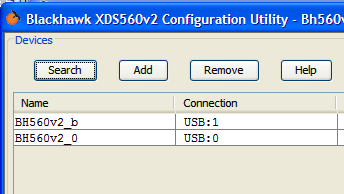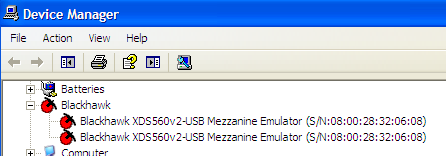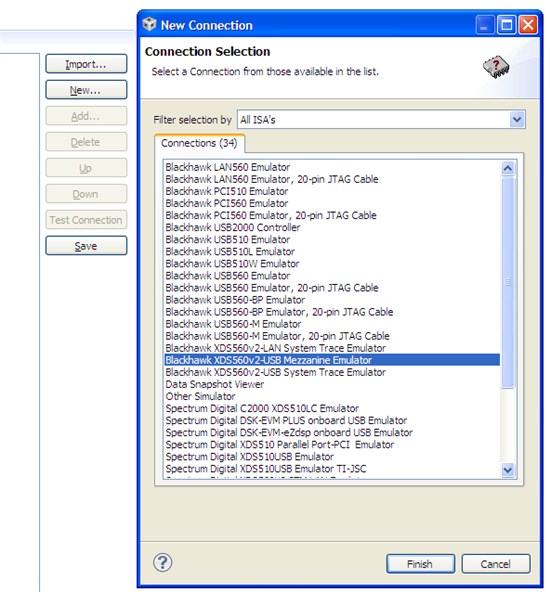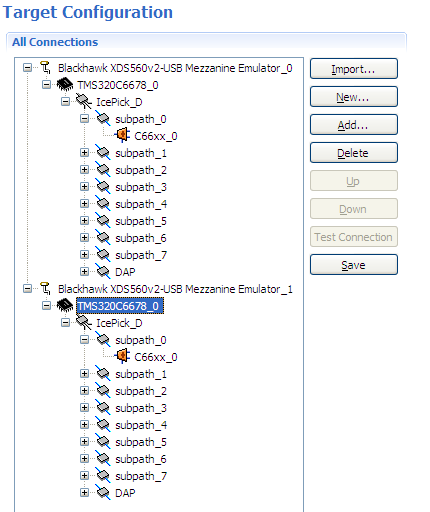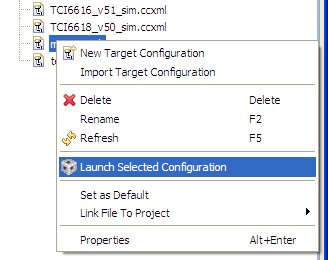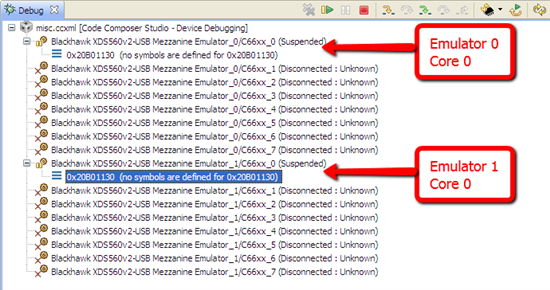Is it possible to connect CCS 5.1 simultaniously to two EVM6457 boards?
In out test setup, we have 2 EVM 6457 boards with the SRIO connected between them. We are developing the srio SW. and desire to drive both boards from a single PC.
We have created 2 instances of the Blackhawk XDS560v2-USB Trace Emulator as targets. Using the test conection button it appears both can have a connection to the same board, which they find on USB. Is there a was to specify the USB port to be used by the Blackhawn Emularor?
Thanks in advance
Bob Coburn


